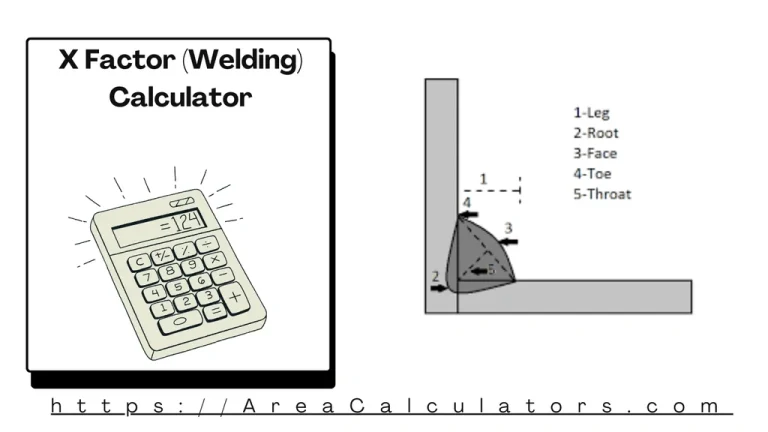CC to HP Calculator
To convert cubic centimeters (CC) to horsepower (HP), divide the engine’s displacement in CC by 15. This provides a rough estimate of the horsepower for small engines and equipment.
To convert cubic centimeters (CC) to horsepower (HP), divide the engine’s displacement in CC by 15. This provides a rough estimate of the horsepower for small engines and equipment.
The CC to HP Calculator is a tool used to estimate horsepower based on the engine’s displacement in cubic centimeters (CC). The utility of this conversion is common for assessing the power of various engines, including motorcycles, lawnmowers, and small machinery.
While horsepower gives a sense of an engine’s power output, cubic centimeters measure engine size, with larger CC often correlating to higher horsepower.
| Variable | Description |
|---|---|
| Horsepower | |
| Cubic Centimeters (engine displacement) | |
| 15 | Conversion factor for rough estimation |
Example 1:
Convert 450 CC to HP.
| Step | Calculation |
|---|---|
| 1. | |
| 2. | |
Answer: 30 HP
Example 2:
Convert 600 CC to HP.
| Step | Calculation |
|---|---|
| 1. | |
| 2. | |
Answer: 40 HP
The CC to HP Calculator is a an important tool for converting cubic centimeters (CC) to horsepower (HP). This conversion is often used to understand engine power. Coupled with that, this conversion is helpful for vehicles, motorcycles, lawnmowers, and other machinery where both engine displacement (CC) and power output (HP) matter. Although there’s no exact formula due to varying engine efficiencies, this calculator provides an approximate HP based on CC values.
For example, a 250 CC engine might produce around 5 to 8 HP depending on factors like engine type and design. With this calculator, users can easily convert measurements like 357 CC to HP or 1500 CC to HP to assess engine performance. Undoubtedly, this tool is invaluable for anyone comparing engine sizes and power output.
To say the least, CC to HP Calculator allows for quick conversions between engine displacement and power, offering an accessible way to understand engine strength and efficiency across different applications.
To convert revolutions per minute (RPM) to radians per second (rad/s\text{rad/s}), multiply the RPM value by 2π2\pi and divide by 60. The RPM to Rads Calculator is a tool used to convert the rotational speed of an object from revolutions per minute (RPM) to radians per second ( rad/s).\text{rad/s} This conversion is crucial in physics and…

To determine the snow equivalent of rainfall, multiply the rain amount by the factor of (5+T/16), where T is the temperature in degrees Fahrenheit. The Rain to Snow Calculator can instantly estimate how much snow a specific amount of rainfall will produce, based on temperature. This calculation is predominantly useful for predicting snowfall amounts from…
To find the exact time 48 hours from now, add 48 hours to the current time. This calculation helps determine a future date and time precisely 48 hours ahead, useful for planning and scheduling. The 48 Hours From Now Calculator helps calculate the exact date and time two days (or 48 hours) from the current…

To determine the X Factor in welding, multiply the specific values for phosphorus (PP), antimony (SbSb), and tin (SnSn) by their respective weights. Add the arsenic (AsAs) value, and divide the result by 100. The X Factor (Welding) Calculator is a specialized tool that is designed to calculate the X factor for welding processes. It…

To calculate a price increase, multiply the original price by (1+i100)(1 + \frac{i}{100}), where iii is the percentage increase. A price increase calculator is a handy tool for determining the new price of an item or service after a percentage increase. It simplifies the calculation process, ensuring accuracy in scenarios like salary hikes, inflation adjustments,…